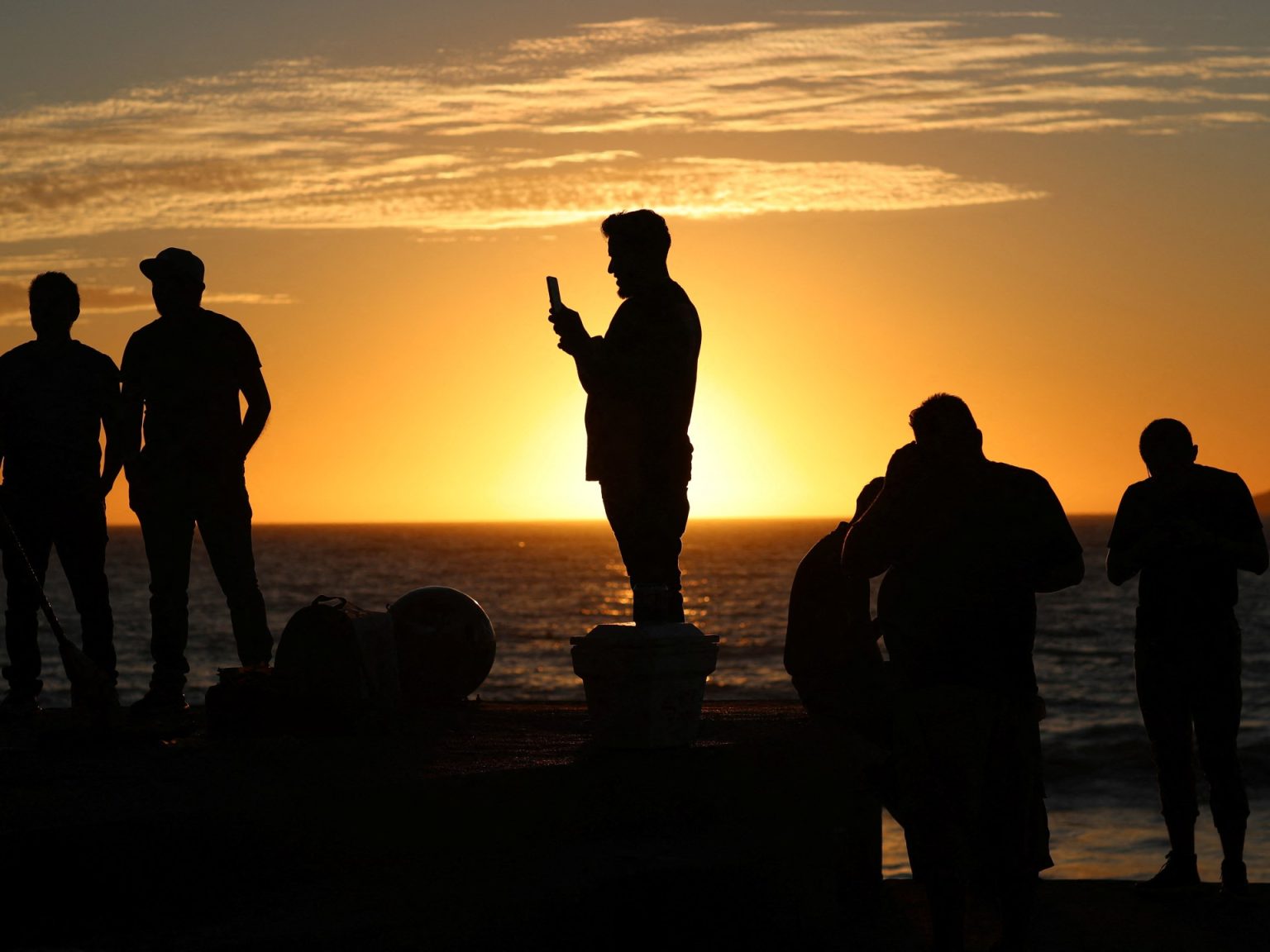A total solar eclipse is set to take place on Monday, visible along a path starting in Mexico and crossing through the United States into Canada. The eclipse will last for over four minutes in some areas, with millions of people expected to witness the phenomenon. Eclipse enthusiasts are gathering in locations along the path of totality, such as Fredericksburg in central Texas, where the total eclipse is expected to occur shortly after 1:30pm. Michael Zeiler, an experienced eclipse chaser, plans to be in Fredericksburg to witness his 12th total eclipse and describes the experience as a “peak life experience” for first-time viewers.
This total solar eclipse is set to last up to 4 minutes and 28 seconds, longer than the previous one in 2017 which lasted up to 2 minutes and 42 seconds. Researchers are gearing up for the event, with various data-gathering techniques in place such as high-altitude balloons, kites with measuring instruments, rockets launching from Virginia, and jets flying inside the path of totality equipped with cameras. With better tools and more research centers under the path of the eclipse, it is expected that more data will be gathered than ever before during this event. NASA notes that total eclipses can last anywhere from 10 seconds to about seven-and-a-half minutes, making this upcoming event a significant one.
Cities along the path of totality include various locations in Mexico, Texas, Indiana, Ohio, Pennsylvania, New York, Ontario, and Quebec. A partial eclipse will be visible in North America outside the path of totality. Roughly 32 million people in the US live within the path of totality, with an additional estimated five million people expected to travel to view the eclipse. The process from the moon beginning to cover the sun to totality and then reversing will take approximately 80 minutes each way. Viewers have been advised to use protective solar glasses to prevent eye damage when looking at the sun, with totality being the only time during the eclipse when it is safe to view the sun without these glasses.
The four-minute eclipse is anticipated to provide researchers with a wealth of new data and opportunities for study. Researchers will utilize various tools and techniques, including high-altitude balloons, kites, rockets, and jets equipped with cameras, to capture as much information as possible. With more access to advanced technology and research centers, the upcoming total solar eclipse is expected to yield more comprehensive data than any previous eclipses. NASA emphasizes the importance of these events for scientific research and the understanding of celestial phenomena.
This eclipse serves as a significant moment for astronomers, researchers, and the general public to witness a natural phenomenon of this scale. With millions of people preparing to observe the eclipse, the event is expected to be a memorable experience for many. It presents an opportunity for scientists and researchers to study the sun’s corona and other aspects of the solar system in greater detail. As one of nature’s most captivating spectacles, the total solar eclipse will captivate viewers and provide valuable insights for the scientific community. With advanced data-gathering techniques and an increased number of researchers involved, the upcoming eclipse is poised to offer unprecedented opportunities for study and discovery.


